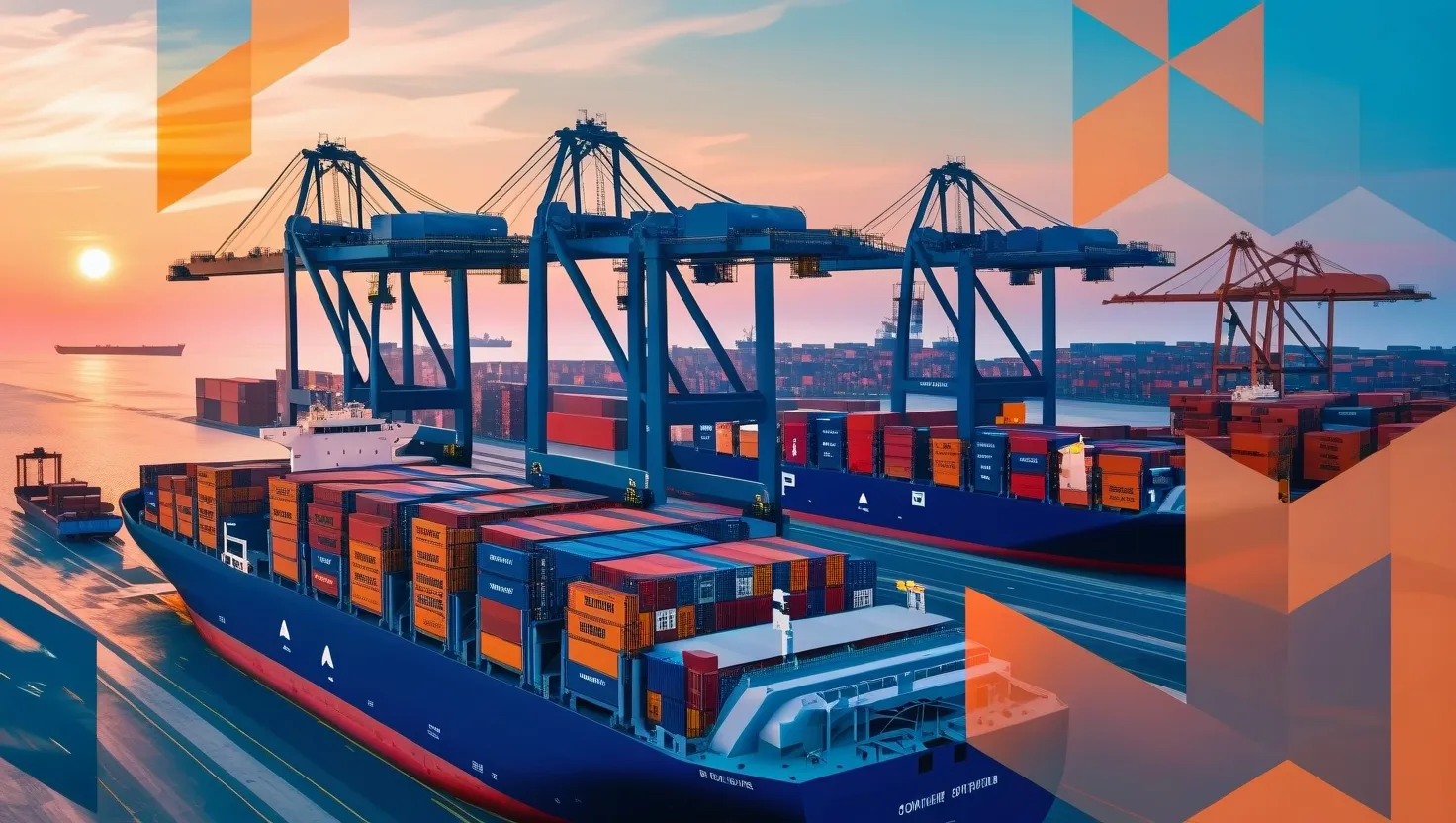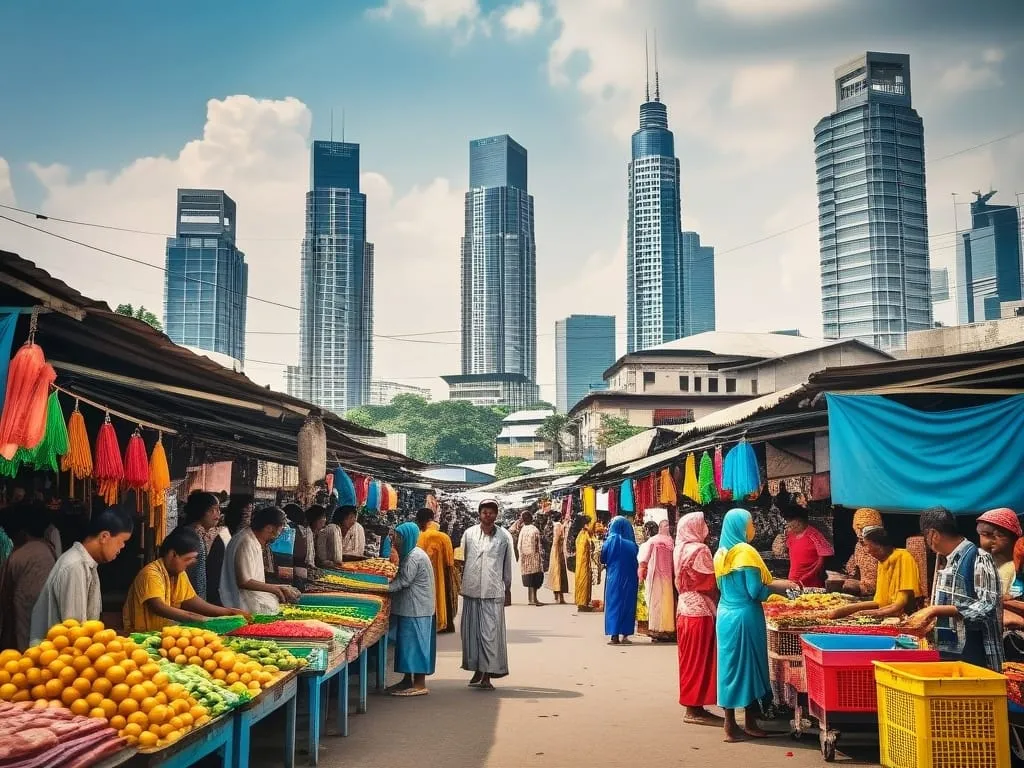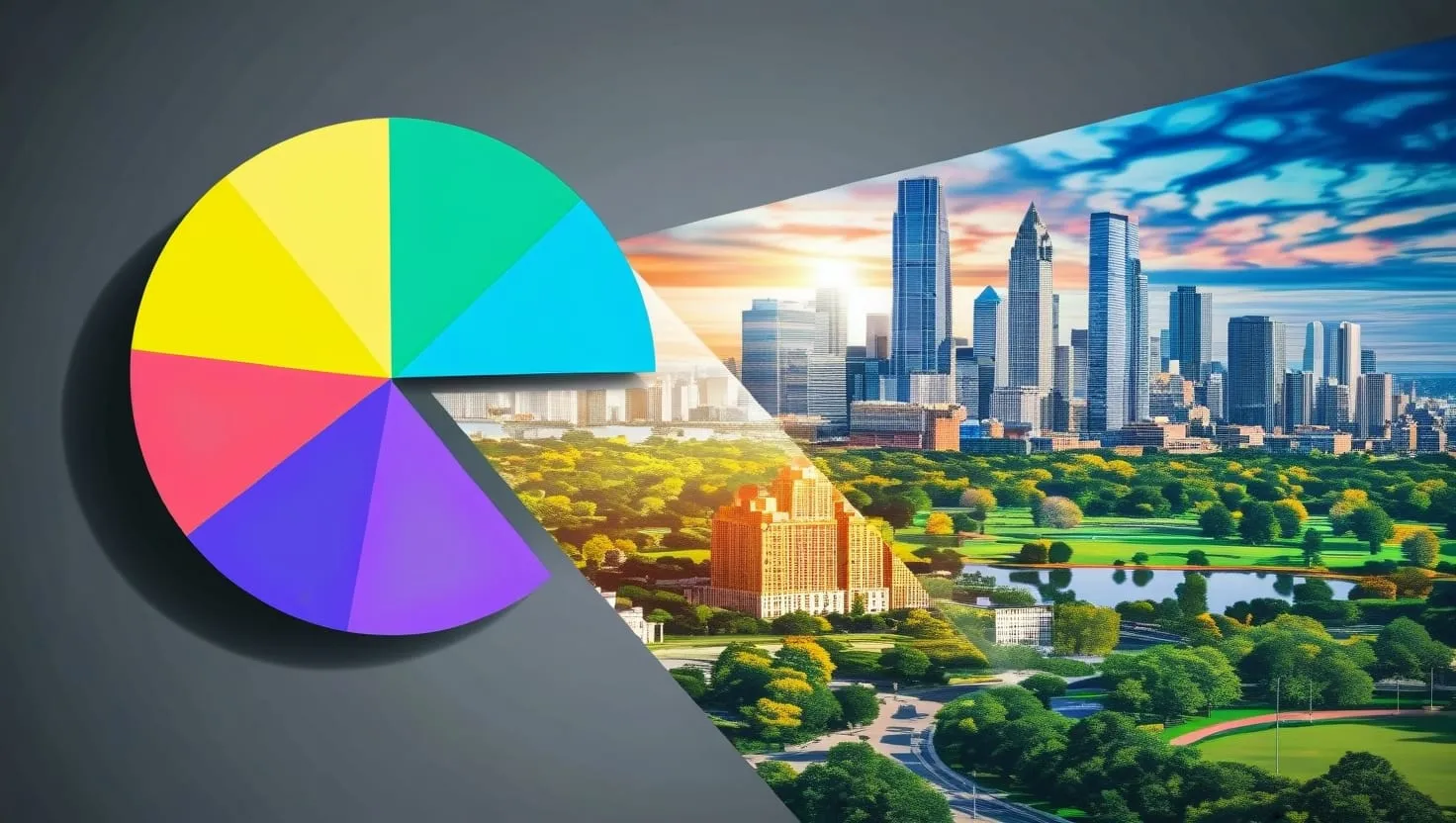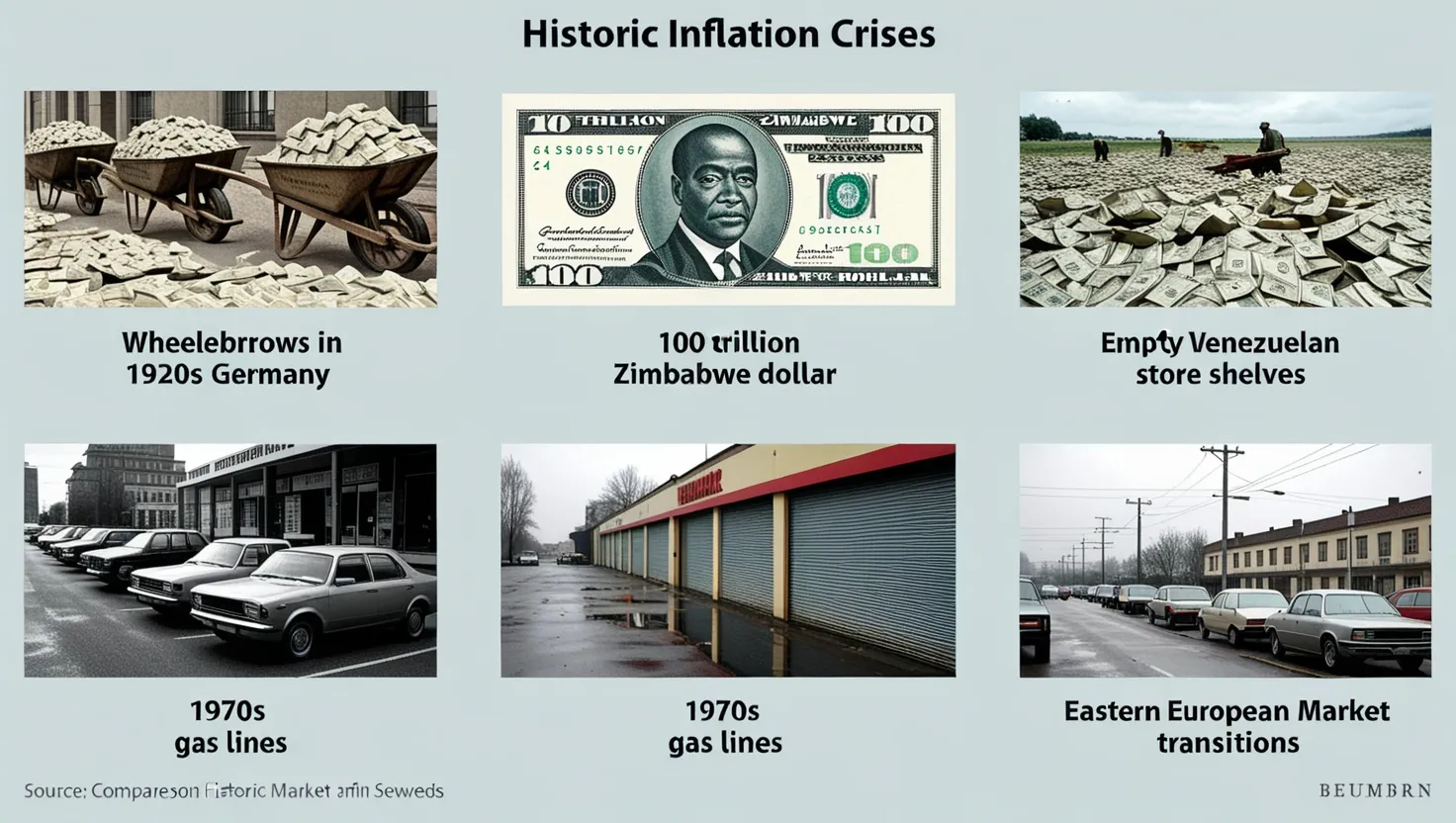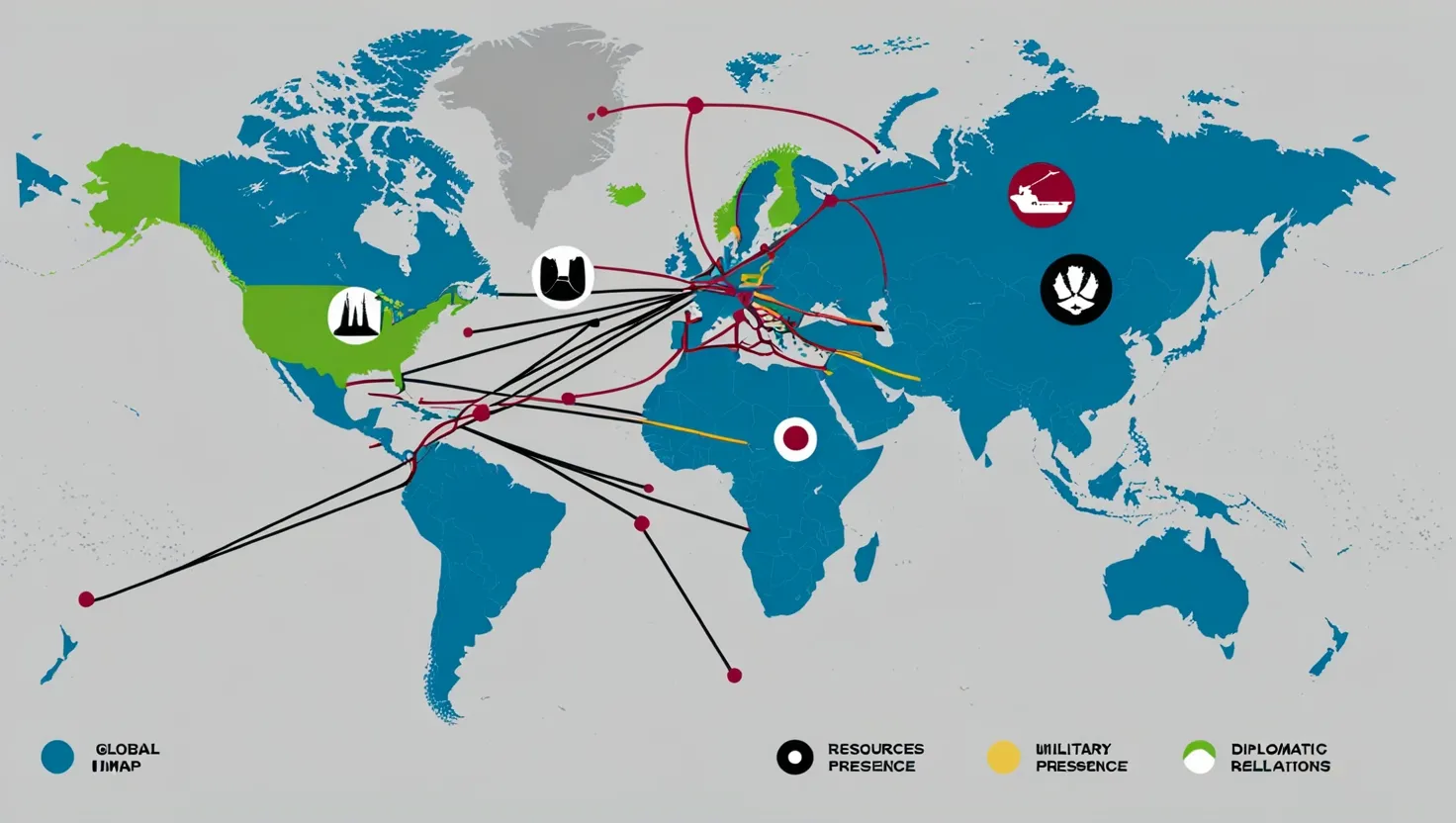As I gaze out over the bustling harbor of Rotterdam, the world’s largest port outside of Asia, I’m struck by the sheer scale and complexity of global trade flowing through this maritime gateway. Massive container ships glide silently into automated terminals where robotic cranes deftly pluck steel boxes from their decks. This high-tech ballet of commerce plays out 24 hours a day, 365 days a year, linking producers and consumers across continents.
Rotterdam exemplifies how cutting-edge technology is transforming port operations and boosting efficiency. Its automated terminals can process over 40 containers per hour - nearly double the productivity of traditional ports. Driverless vehicles whisk cargo between ships and storage yards with precision, while AI systems optimize the flow of goods. The port is also pioneering green initiatives, incentivizing cleaner fuels and investing in shore power to reduce emissions from docked vessels.
But Rotterdam is just one node in a vast network of global port cities reshaping international trade. Across the world in Dubai, the Jebel Ali Port has emerged as the beating heart of commerce for the Middle East. Its strategic location and world-class infrastructure have made it a critical logistics hub connecting Europe, Asia and Africa. The adjacent Jebel Ali Free Zone offers tax incentives and streamlined regulations that have attracted thousands of international companies.
“Trade is the natural enemy of all violent passions,” wrote the philosopher Montesquieu. Indeed, Dubai’s rise as a trading powerhouse has helped drive economic development and stability across the region. But how can other emerging markets replicate this success?
One potential model can be found in Shenzhen, the Chinese megacity that has transformed from a sleepy fishing village to a global tech hub in just four decades. Its port is on the cutting edge of smart technologies, using big data, Internet of Things, and artificial intelligence to boost operational efficiency. Automated guided vehicles scurry across its terminals, directed by a central “brain” that optimizes their routes in real-time.
Shenzhen is also pioneering blockchain solutions to digitize and streamline trade documentation. This could slash the time and cost of cross-border commerce, while enhancing security and transparency. As trade becomes increasingly digital, tech-savvy ports like Shenzhen may gain a critical edge.
Pivoting to the Americas, Panama City’s famous canal remains as vital to global shipping as when it first opened over a century ago. A massive expansion completed in 2016 allows it to accommodate modern mega-ships, cementing its role as a linchpin of maritime trade. The canal’s strategic importance extends beyond commerce - it’s also crucial for projecting naval power and safeguarding energy supplies.
“The creation of a thousand forests is in one acorn,” wrote Ralph Waldo Emerson. In much the same way, Panama’s canal has seeded economic growth across the region. How might other infrastructure megaprojects reshape global trade flows in the coming decades?
Finally, we come to Mumbai - a city whose history is inextricably linked to maritime commerce. Today, its ports are undergoing an ambitious modernization push to keep pace with India’s rapid economic growth. New deep-water berths, expanded rail links, and streamlined customs procedures aim to slash congestion and boost capacity.
Mumbai also highlights the complex interplay between ports and urban development. Its new offshore container terminal will free up valuable waterfront land for public use. But balancing commercial, environmental, and community interests remains an ongoing challenge for port cities worldwide.
As I reflect on these five global port cities, several key themes emerge. First is the critical role of technological innovation in driving efficiency and competitiveness. From Rotterdam’s automated cranes to Shenzhen’s blockchain solutions, ports are embracing cutting-edge tools to streamline operations.
Second is the growing focus on sustainability. Ports are major sources of emissions, but they’re also at the forefront of green shipping initiatives. Rotterdam’s incentives for cleaner fuels and Mumbai’s efforts to reduce congestion show how environmental concerns are reshaping port operations.
Third is the broader economic impact of ports on their surrounding regions. Dubai’s free zones and Panama’s canal illustrate how well-managed ports can catalyze growth and development far beyond their immediate vicinity. They serve as powerful engines of job creation and economic diversification.
Fourth is the increasing digitization of trade. As commerce moves online, ports must adapt to facilitate the seamless flow of data alongside physical goods. Shenzhen’s smart port technologies point the way toward a future of hyper-connected maritime trade.
Finally, there’s the ongoing importance of geography and infrastructure. Despite advances in air and land transport, seaports remain the workhorses of global trade. Strategic location and world-class facilities - as seen in Jebel Ali and Panama - are still key competitive advantages.
“The sea is the universal sewer,” wrote Jacques Cousteau. While perhaps overly cynical, this quote reminds us of the environmental challenges facing port cities. How can we balance the imperatives of commerce with the need to protect marine ecosystems?
Looking ahead, several trends are likely to shape the future of global port cities. Climate change and rising sea levels pose an existential threat to many coastal hubs. Ports will need to invest heavily in resilience and adaptation measures to survive.
Geopolitical tensions and trade disputes may disrupt established shipping routes, forcing ports to diversify their connections. The rise of 3D printing and other distributed manufacturing technologies could reduce demand for long-distance shipping of finished goods.
At the same time, emerging technologies like autonomous ships and hyperloop systems may revolutionize how cargo moves between ports and inland destinations. The ports that thrive will be those that can rapidly adapt to these shifting currents of global trade.
What lessons can other cities learn from these leading maritime hubs? How might smaller ports carve out specialized niches to compete in an era of mega-ships and automated terminals? And how can we ensure that the benefits of maritime trade are shared equitably with port communities?
As I conclude my journey through these five transformative port cities, I’m struck by their resilience and dynamism. For millennia, ports have served as crucibles of commerce and culture, connecting distant lands and peoples. Today, they stand at the forefront of globalization - embracing new technologies and adapting to shifting trade patterns.
From Rotterdam to Mumbai, these maritime gateways are not just facilitating trade - they’re actively shaping the future of global commerce. By studying their successes and challenges, we gain valuable insights into the evolving nature of international trade and economic development.
The sea routes that connect these ports form a vast, liquid network spanning the globe. This network has been a catalyst for human progress, enabling the exchange of goods, ideas, and cultures across vast distances. As we navigate an uncertain future, the continued vitality of our port cities will be crucial to building a more prosperous and interconnected world.
“The cure for anything is salt water - sweat, tears, or the sea,” wrote Isak Dinesen. Perhaps in this age of digital connectivity, we’d do well to remember the enduring power of our oceans and the port cities that harness them. They remain the lifeblood of global trade, and their continued evolution will shape the course of our shared economic future.
